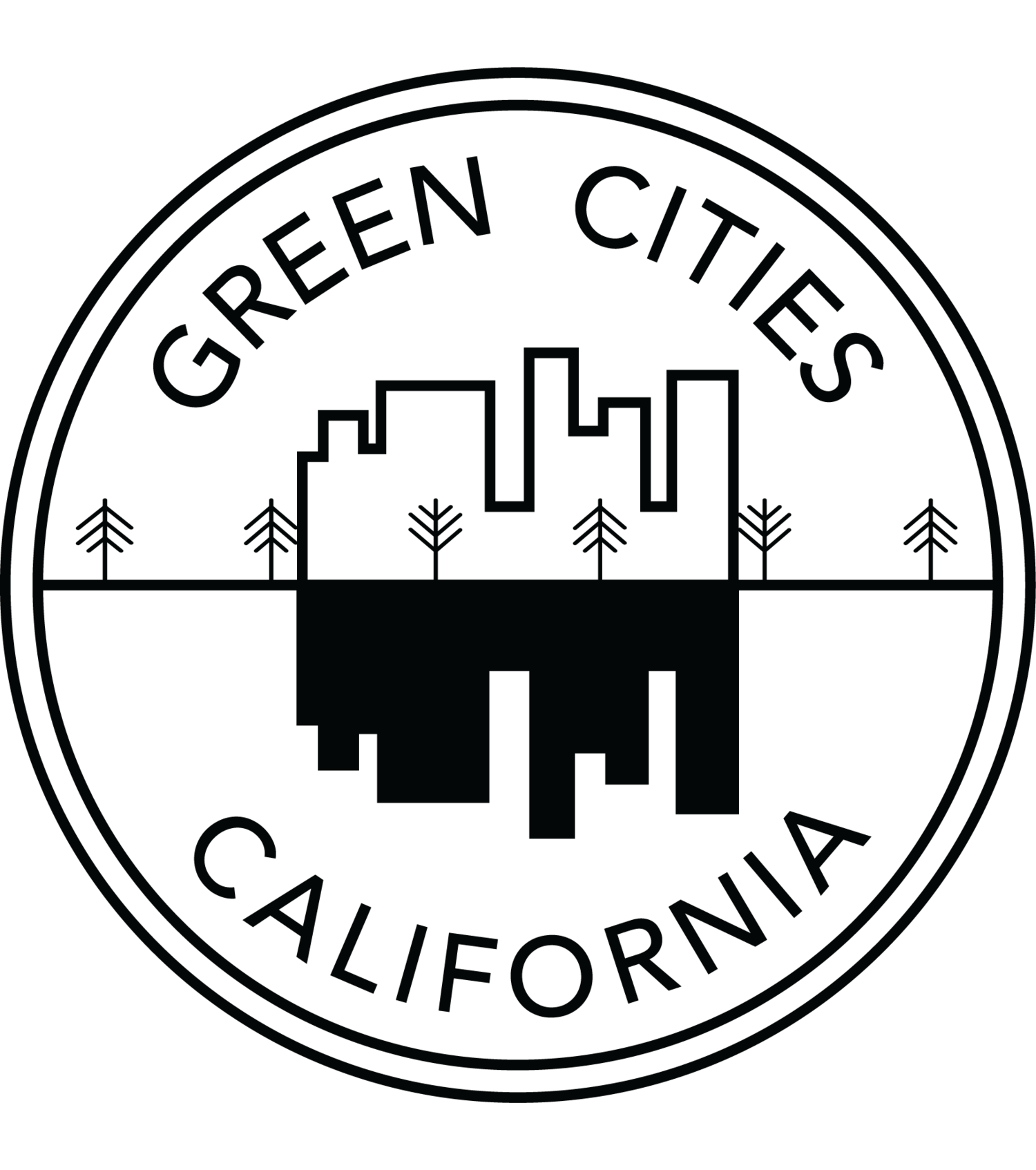Requiring non-residential buildings to disclose energy use (Existing Commercial Buildings Energy Performance Ordinance), 2011
San Francisco, CA
HOW IT CAN BENEFIT YOU
Increasing your building's energy efficiency can improve:
- How hot or cold you feel by managing heating and cooling systems efficiently.
- Your lighting, which can result in a 27% reduction in the incidence of headaches, which costs about $70 per employee annually in health insurance.
Electricity use accounts for 45% of building-related, polluting greenhouse gas emissions in San Francisco.
So the city created the Existing Commercial Buildings Energy Performance Ordinance requiring owners of non-residential buildings over 10,000 square feet to annually measure and disclose its energy use using the free Energy Star Portfolio Manager, and sharing that data with tenants and San Francisco Department of Environment every five years (and annually for buildings over 50,000 square feet).
Buildings can voluntary implement retrofits. As many as 70% of owners make their buildings more efficient after they conduct audits, and learn about incentives and savings. The InterContinental Hotel saved $200,000 on energy bills in a year after making simple, low-cost improvements that came to light because of benchmarking.
WHY IT'S A LEADING PROGRAM
It allows consumers to compare potential energy costs of buildings they plan to buy or rent.
GOAL
Reduce energy consumption in existing commercial buildings by 50% by 2030, or an average net reduction of 2.5% per year.
WHO CAN TAKE ACTION
Non-residential buildings over 10,000 square feet.
OUTCOME
The ordinance applies to over 3,000 commercial buildings that are 10,000 square feet or larger. It is expected to reduce carbon dioxide pollution by more than 70,800 tons and save the private sector $600 million dollars between 2011 and 2016.
PUBLIC OUTREACH & EDUCATION
San Francisco provides building owners free webinars, two-day workshops, and direct assistance on incentives and rebates.
BUDGET TO COORDINATE THE PROGRAM
San Francisco made a $35 million 10-year investment in efficiency upgrades to municipal buildings. It dedicated two full-time employees to process benchmark reports and track compliance.
Non-compliance fines are not expected to be a significant revenue source. After 30 days, a written notice is issued for failure to report. If the building is out of compliance for more than 45 days, owners are fined $50-$100/day.
CONTACT
Barry Hooper, Private Sector Green Building Specialist, San Francisco Department of Environment, 415-355-3753 barry.hooper@sfgov.org
LAST UPDATED
September 14, 2015

